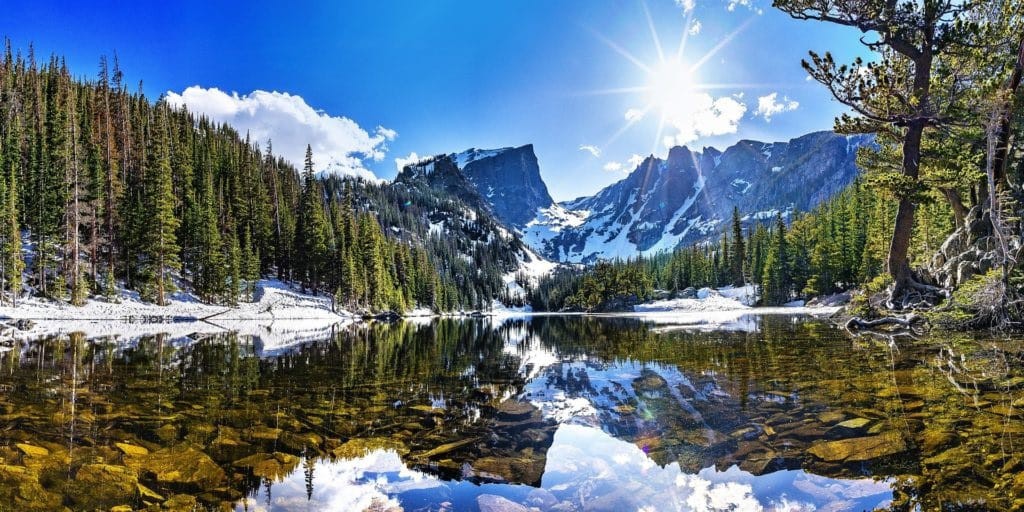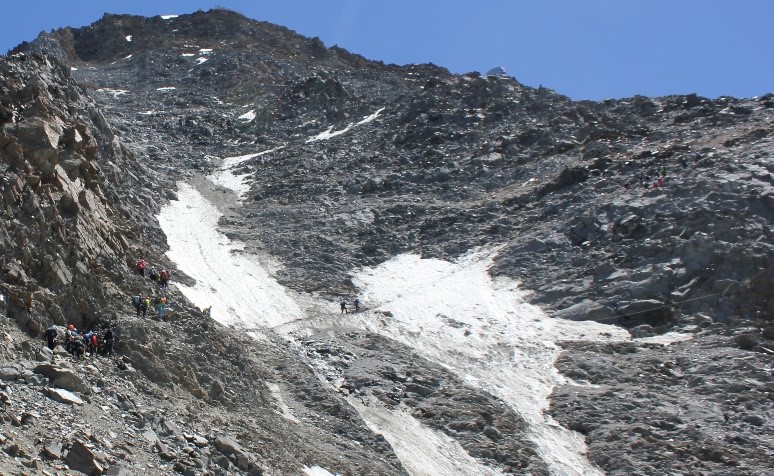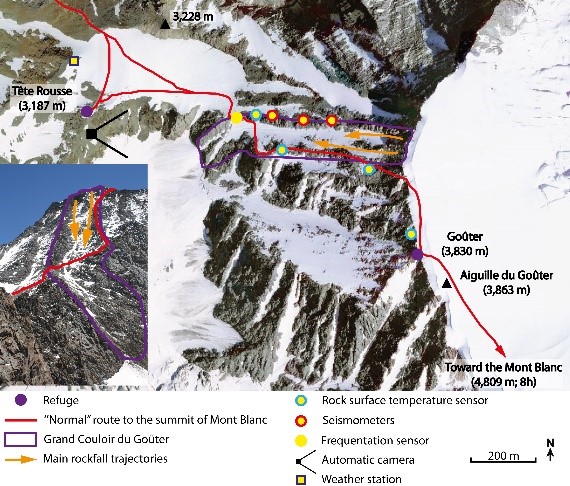Thriving in a changing climate for mountains: Research prospects inspired by outcomes of the Sustainable Summits Conference 2018
As we near the winter solstice in the northern hemisphere, and the mountains are blanketed with snow and temperatures drop, the extreme summer conditions experienced in the Alps earlier in the year seem like a very distant memory.
Last summer, Switzerland registered its third warmest summer immediately after the fourth warmest spring season since instrumental records began in the year 1864, according to a report by Meteoswiss. The impacts observed and felt in the region were considerable, including rapidly changing conditions in the mountains triggering hazardous conditions and risks to mountain visitors and dwellers. So, rather than letting it slip into a distant memory, this is precisely the time to maintain the momentum and continue to reflect on those events and resulting losses, and steer attention to prospects for research and knowledge that address the new living conditions across all seasons in a rapidly changing climate in mountains – focusing on scenarios of what is possible to adapt and thrive.
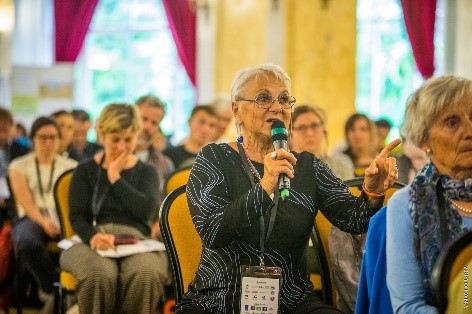 Just before the extremes heat events of the summer unfolded, Chamonix welcomed the 4th Sustainable Summits Conference, which took place from 12 to 14 of June 2018. During the three days, 35 speakers and 280 participants including land managers, researchers, representatives from NGOs and non-profit organizations, outdoor companies, mountain guides and mountaineers from around the world gathered to share their knowledge and exchange on their experiences on the future of high mountains.
Just before the extremes heat events of the summer unfolded, Chamonix welcomed the 4th Sustainable Summits Conference, which took place from 12 to 14 of June 2018. During the three days, 35 speakers and 280 participants including land managers, researchers, representatives from NGOs and non-profit organizations, outdoor companies, mountain guides and mountaineers from around the world gathered to share their knowledge and exchange on their experiences on the future of high mountains.
The conference focused on three key themes: 1) The role high mountains play in today’s societies; 2) Climate change and high mountains; and 3) Human activities in the high mountains: impacts and solutions. The conference brought stakeholders that would not normally come together this way to discuss our current state and possible solutions, and we are grateful that the MRI was also invited to these proceedings. It was particularly great to see the research community active at this gathering, including the platform given to promising work being carried out by Early Career Researchers (ECRs).
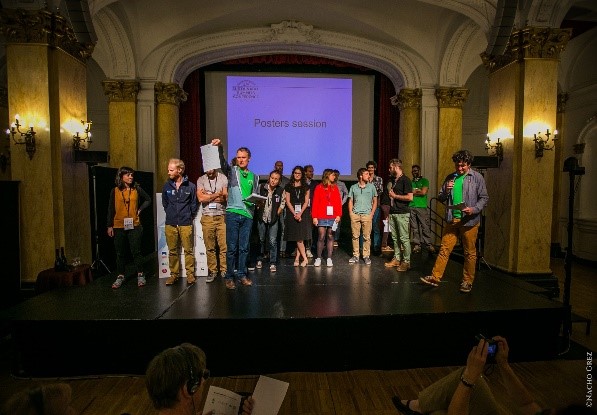 At the conference, a review panel that included the MRI selected 15 research projects for presentation and posters, highlighting the main three themes of this year’s event. Of these, 11 were by ECRs, with opportunities for them to present on stage and engage with conference participants at the poster sessions and display area organised as part of the program. The public had the opportunity to vote for the three best posters and projects by ECRs.
At the conference, a review panel that included the MRI selected 15 research projects for presentation and posters, highlighting the main three themes of this year’s event. Of these, 11 were by ECRs, with opportunities for them to present on stage and engage with conference participants at the poster sessions and display area organised as part of the program. The public had the opportunity to vote for the three best posters and projects by ECRs.
The winning posters were:
First prize - Mélanie Marcuzzi, Université de Grenoble Alpes, PACTE LABEX ITEM (France), on “Reflab, mountain huts as research observatories”.
Second prize - Jacques Mourey, EDYTEM, Chambéry (France), on “Mountaineers exposed to rockfalls in the Grand Couloir du Goûter (normal route of Mont Blanc). A monitoring system for a better assessment of their vulnerability”.
Third prize - Enora Bruley, Université Grenoble Alpes, LECA - CDP Trajectories (France), on “Le Pays de la Meije, will the future rhyme with nature?”
MRI had the opportunity to speak to one of the poster winners, Jacques Mourey, to share with us his perspectives on what his research means to better understand the impending risks posed by a changing climate in the mountains. Here is what he had to say:
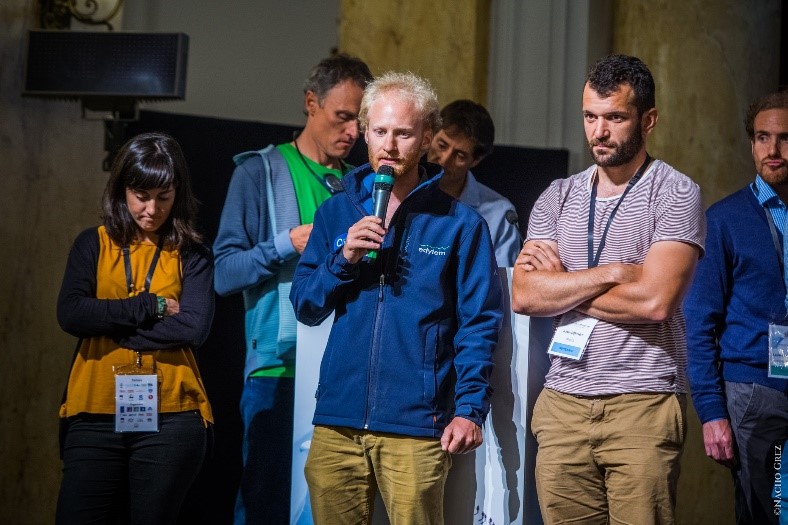 How can we reduce accidents on the normal route up to Mont Blanc and help mountaineers adapt to climate change effects?
How can we reduce accidents on the normal route up to Mont Blanc and help mountaineers adapt to climate change effects?
In the context of climate change, conditions for the practice of mountaineering in the Alps tend to deteriorate as summer goes on, which leads to an increase in dangerous conditions and technical difficulty for routes and itineraries. Now, periods of good conditions for the practice of mountaineering appear more random in summer, shifting to better conditions in the spring, autumn and even winter for some itineraries.
This is an important issue on the normal route to the summit of Mont Blanc (4,809 m). Given the observed increasing frequency of rock fall due to melting permafrost and unstable slopes, and the route’s increasing popularity for tourists with significant visitor numbers (15 to 20 000 persons/summer season), exposure to accidents is significant, with numerous accidents recorded where the route crosses the Grand Couloir du Goûter at 3,270 m (Fig. 1) and climbs up the ridge to the Aiguille du Goûter (3,863 m).
To understand these risks and plan accordingly, an interdisciplinary monitoring system has been implemented (Fig. 2), which is expected to result in better vulnerability assessment and the identification of alternative options to avoid the local risk of rock fall. On this basis, adaptation and prevention strategies can be proposed in order to help mountaineers and visitors to the mountains adapt to the effects of climate change.
|
|
|
|
Figure 1. On June 17th, 2017, many people but almost no snow on the normal route to the summit of Mont Blanc, where it crosses the Grand couloir du Goûter at 3,270 m. Photo: Jacques Mourey. |
Figure 2. Monitoring system at the Grand couloir du Goûter, on the normal route up to Mont Blanc (IGN, 2018). |
In my own keynote presentation at SSC 2018, I focused on the need to consider and imagine new futures that challenge our current values and ways of relating to the mountains. As Jacques also explores as part of his research, it is about uncovering adaptation as an opportunity for renewal and change. This, I believe, is an important question and consideration on the human dimensions that need to be explored jointly with efforts to observe and project the biophysical changes in the mountain space. We hope that new prospects for meaningful dialogues, exchange and relevant research, stirred by the experiences had with these extreme events, can be fostered across all communities affected by these impacts.
Link to the final reports (in French and English), as well as the three winning posters, can be accessed via the Petzl Foundation website.
Photos by Stéphane Lozac'hmeur, Petzl Foundation, and Nacho Grez.
Related Posts
By accepting you will be accessing a service provided by a third-party external to https://mountainresearchinitiative.org/




